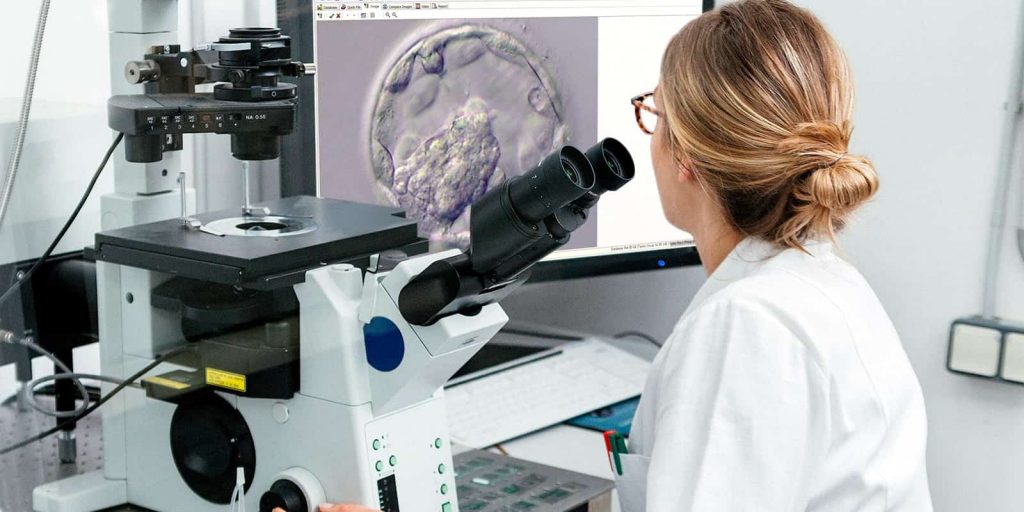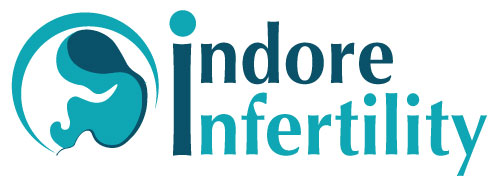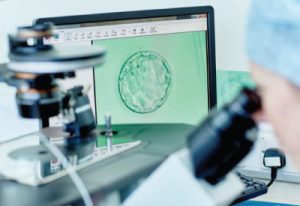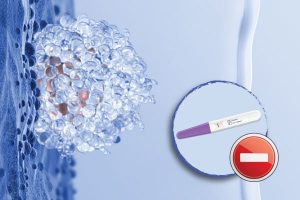
What is Laser Assisted Hatching
In order for an embryo to attach to the wall of the womb, it has to break out or ‘hatch’ from its outer layer called the ‘zona pellucida’.
It has been suggested that making a hole in or thinning this outer layer may help embryos to ‘hatch’, increasing the chances of the pregnancy during an Assisted Reproductive Cycle like IVF/ICSI.
Assisted Hatching is a laboratory procedure performed mostly on cleavage stage embryos (Day 3 of In Vitro development) before being transferred back to the patient’s womb.
When is Laser Assisted Hatching (LAH) recommended?
The most common indications for suggesting a LAH procedure are:
- Advanced maternal age (>37 years old)
- Patients with elevated Day 3 follicle stimulating hormone (FSH)
- Thick and/or abnormal egg shell
- Poor quality/slow developing embryos
- Embryos exhibiting excessive fragmentation
- Patient with 2 or more previous failed IVF cycles
- Frozen Thaw Embryo Transfer cycles
How is Laser Assisted Hatching Done?
Assisted hatching is done during an IVF or ICSI cycle, while the embryo is in the laboratory (typically Day 3)
Before being transferred back to the womb a hole is made in the outer layer of the embryo or it is thinned, using a laser or mechanical methods.
During Laser Assisted Hatching, the outer shell of the embryo is breached by firing a few laser pulses. The laser is fired far away from the cells of the embryo so that the cells are not damaged. This process only takes a few seconds to complete per embryo minimizing the time each embryo is exposed outside of the incubator.
What should I expect during the Procedure
As a patient , there is no difference between the IVF/ICSI process and the IVF/ICSI with Laser Assisted Hatching. The procedure is done on the embryo and the embryo transfer is done in same way as done for a typical IVF cycle.
Risks and Side-Effects of Laser Assisted Hatching
As a patient , there is no difference between the IVF/ICSI process and the IVF/ICSI with Laser Assisted Hatching. The procedure is done on the embryo and the embryo transfer is done in same way as done for a typical IVF cycle.
Success Rate
Current research suggests that this procedure is no more likely to cause an abnormality to the baby than IVF without Laser Assisted Hatching. The outer shell of the embryo is the only one being treated leaving the embryo unharmed.
Here’s a video explaining showing the Laser Assisted Hatching procedure.




